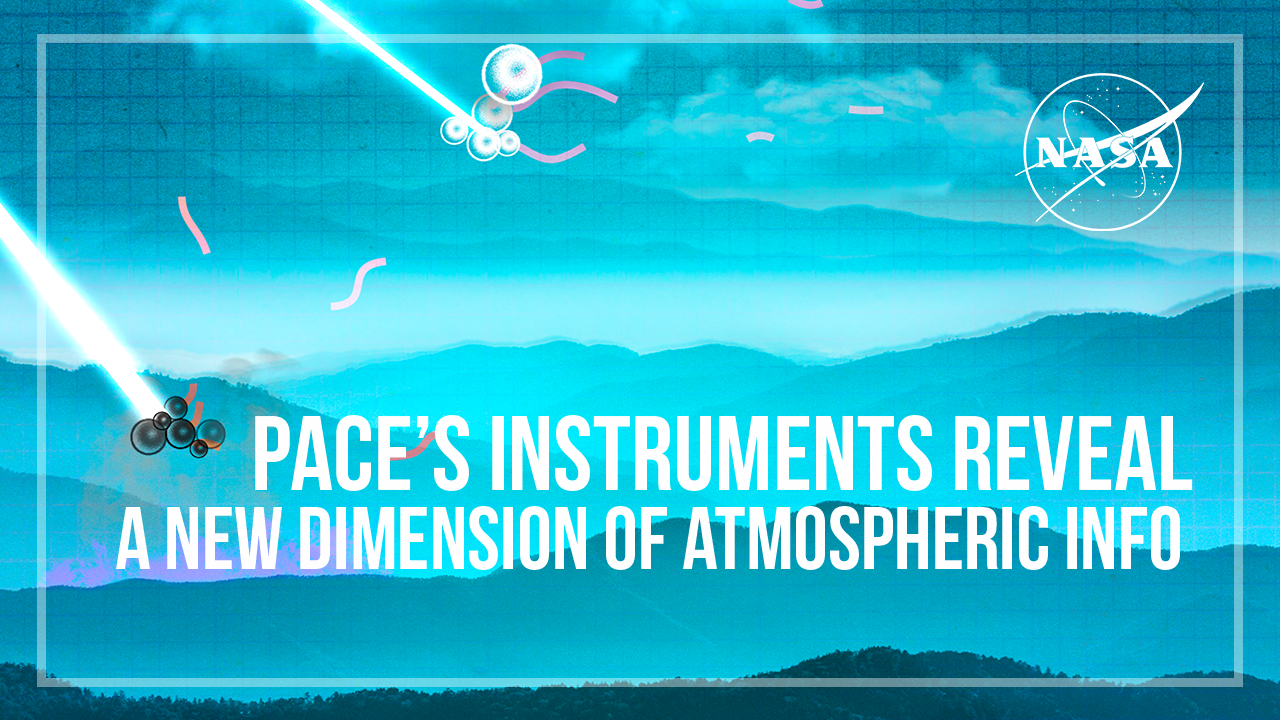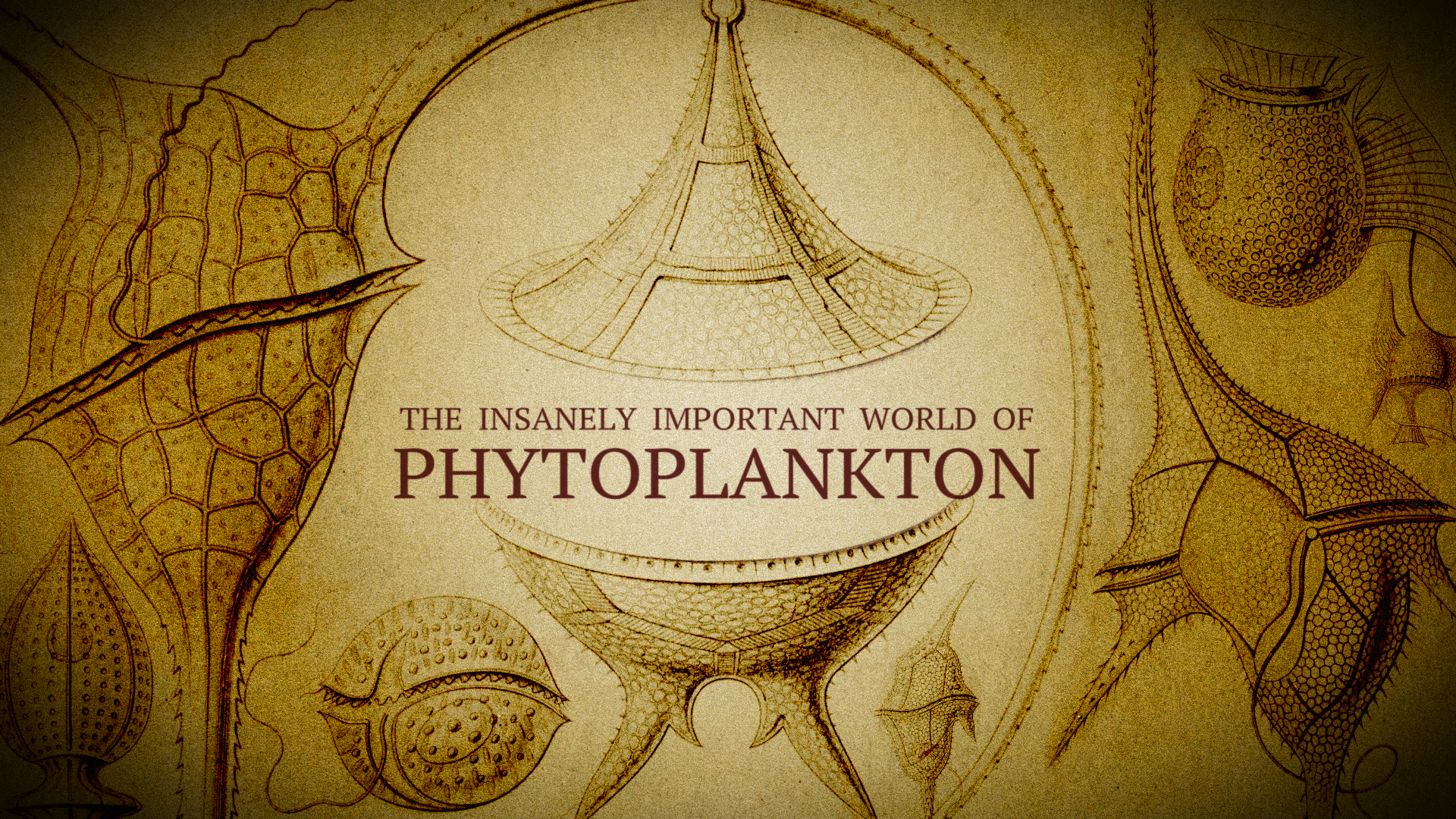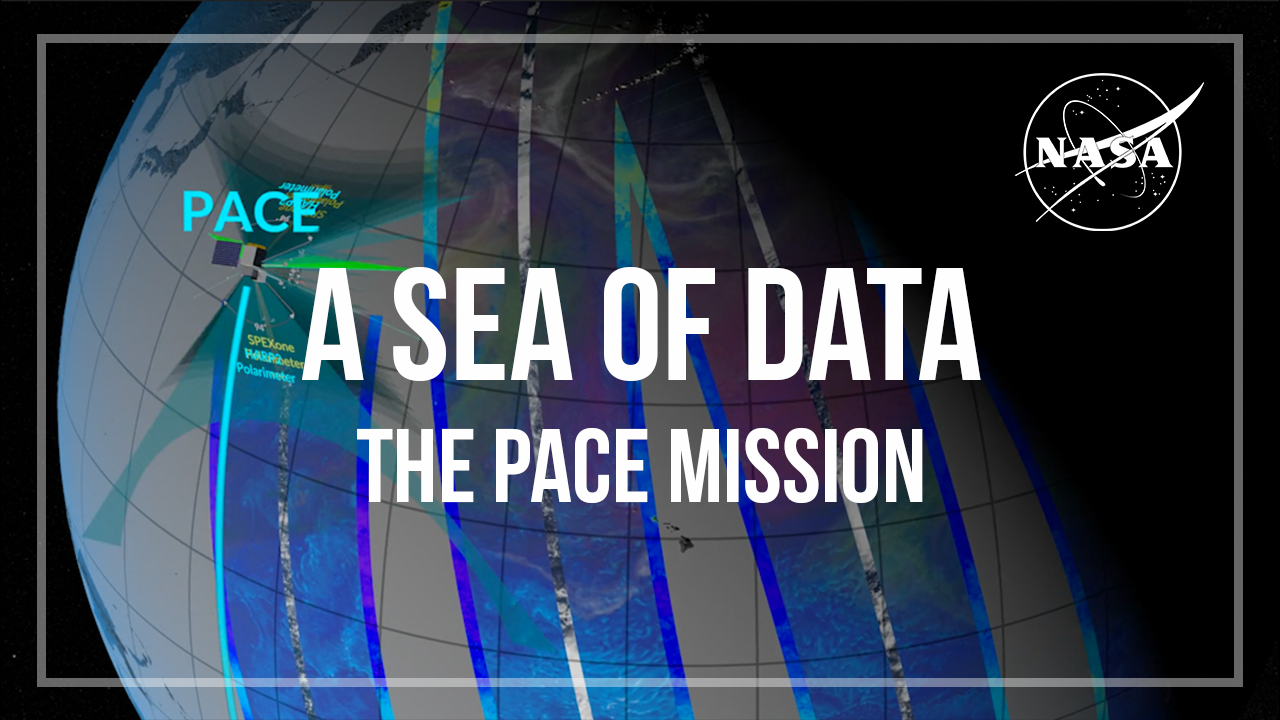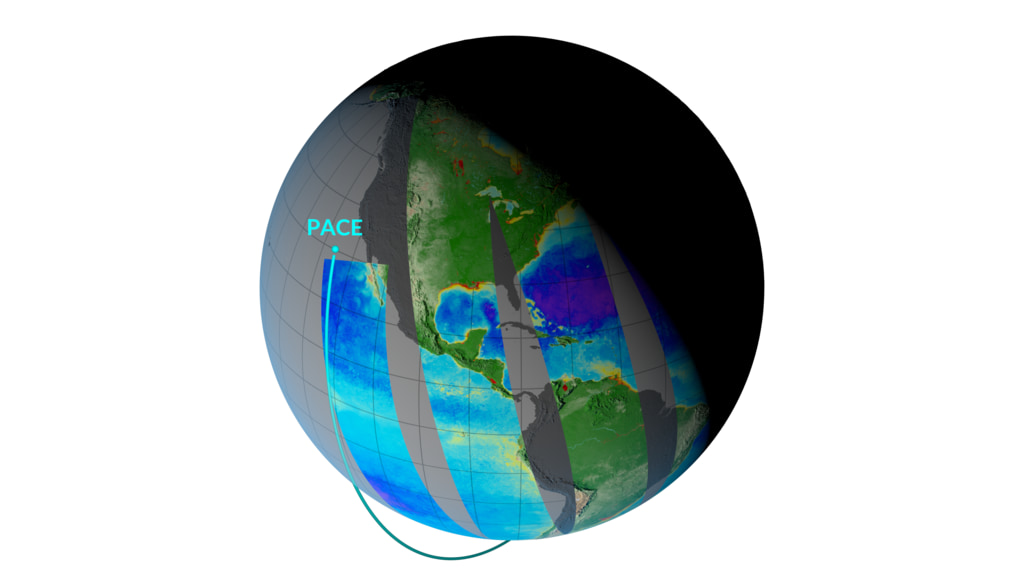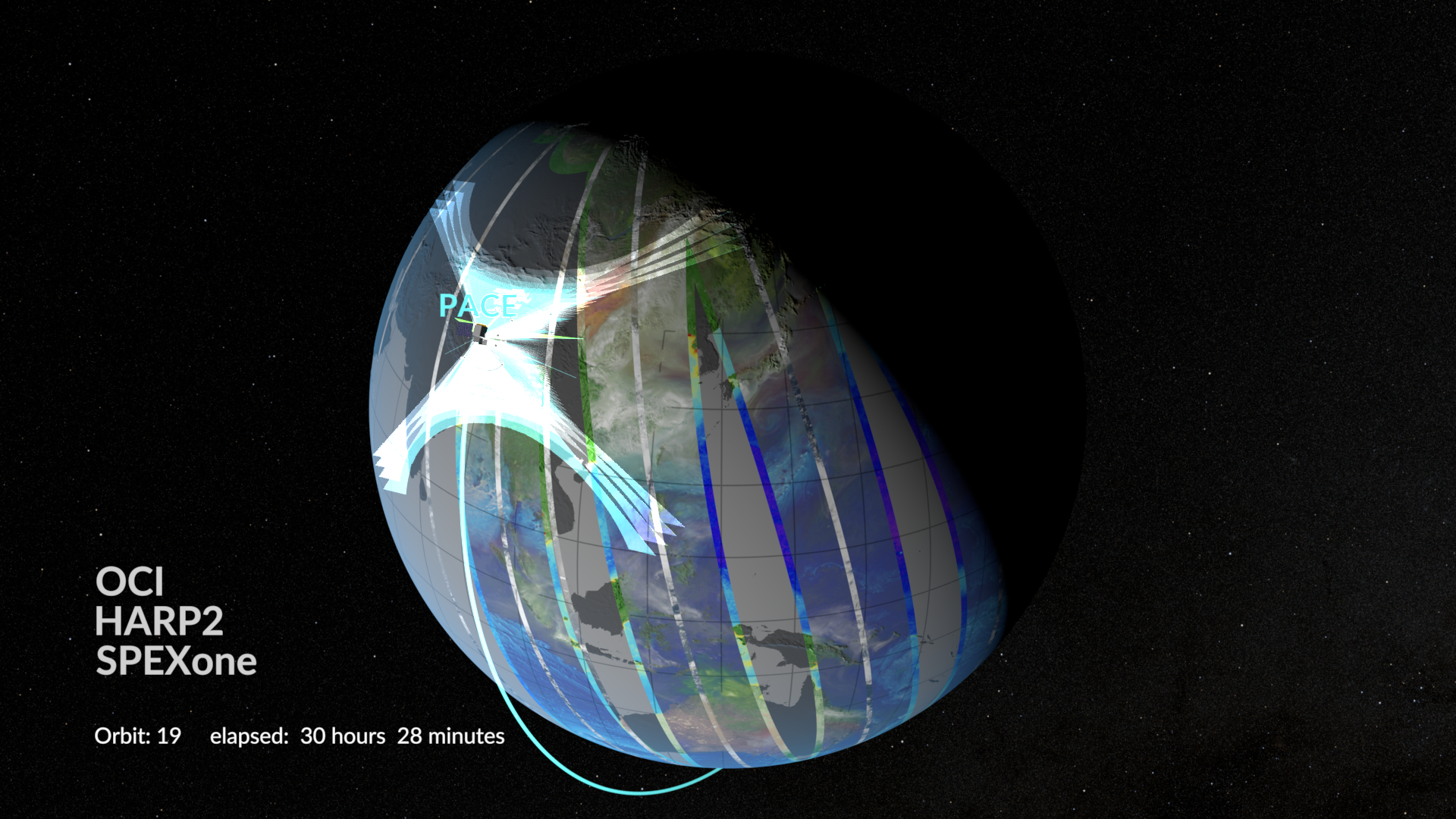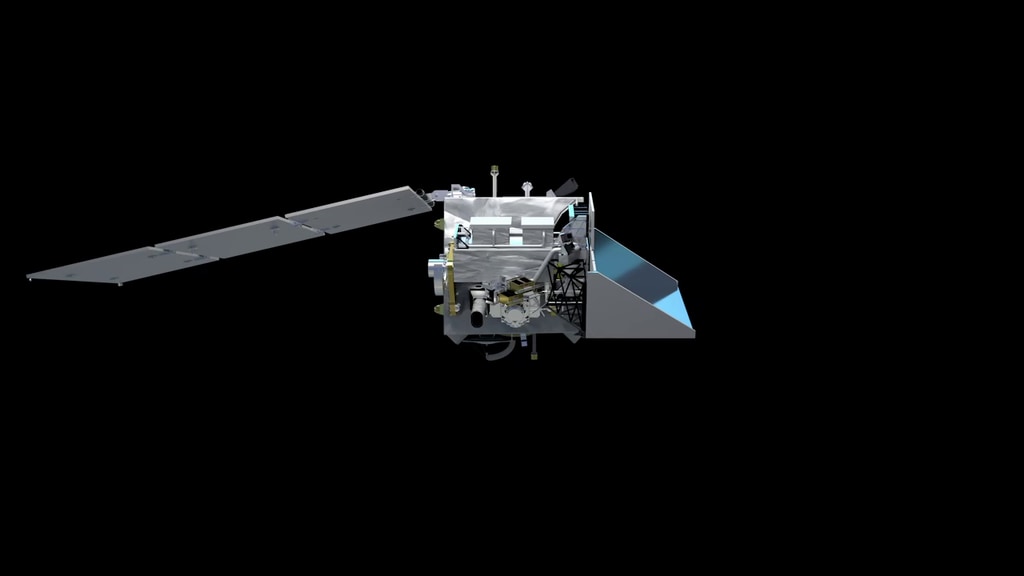Tracking Carbon from Wildfires to Ocean Blooms
Music: "On the Trail," "Idle at Midnight," "Synthetic Comfort," Universal Production Music
Complete transcript available.
Video descriptive text available.
The following footage is provided by pond5.com through licensing and may not be excised: 00:00-00:12, 01:03-01:13, 01:15-01:23, 01:37-01:45, 02:07-02:21, 03:31-03:34, 03:43-03:47, 04:06-04:19, and 04:36-04:46Between September 2019 and March 2020, wildfires killed billions of animals and decimated more than 200 thousand square kilometers of Australian forest, an area larger than Nebraska. Later, thousands of kilometers away in the Southern Ocean, massive algae blooms covered a surface larger than the area of Australia itself. The connection between these major wildfires and the subsequent explosion of phytoplankton production is an example of the events NASA's upcoming Plankton, Aerosols, Clouds, and ocean Ecosystem (PACE) mission will help investigate. PACE's suite of instruments will allow scientists to get a clearer picture of carbon as it links land use and fires, atmospheric aerosols and marine communities, and ultimately improves those uncertain the data we put into climate models.
Carbon cycle animation only.
Credits
Please give credit for this item to:
NASA's Goddard Space Flight Center
-
Producer
- Ryan Fitzgibbons (KBR Wyle Services, LLC)
-
Technical support
- Aaron E. Lepsch (ADNET Systems, Inc.)
-
Scientist
- Jeremy Werdell (NASA/GSFC)
-
Animator
- Chris Burns (KBR Wyle Services, LLC)
-
Writer
- Ryan Fitzgibbons (KBR Wyle Services, LLC)
-
Visualizers
- Greg Shirah (NASA/GSFC)
- Kel Elkins (USRA)
-
Videographer
- Rob Andreoli (Advocates in Manpower Management, Inc.)
-
Narrator
- Ryan Fitzgibbons (KBR Wyle Services, LLC)
Release date
This page was originally published on Wednesday, March 22, 2023.
This page was last updated on Wednesday, May 3, 2023 at 11:43 AM EDT.
